1mg
Showing 5301–5350 of 7910 results
-
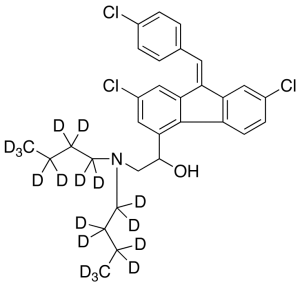
Lumefantrine-d18
$315.68 Add to cart View Product DetailsMolecular Formula : C30H14D18Cl3NO
-
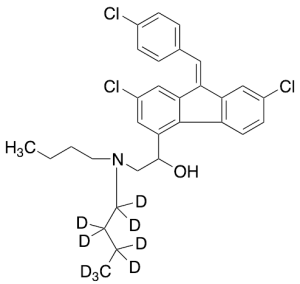
Lumefantrine-d9
$301.01 Add to cart View Product DetailsMolecular Formula : C30H23D9Cl3NO
-

Lumibetamethasone Dipropionate
$149.21 Add to cart View Product DetailsMolecular Formula : C28 H37 F O7
-
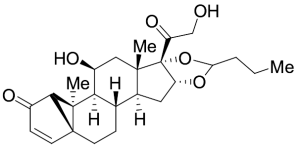
Lumibudesonide
$182.85 Add to cart View Product DetailsMolecular Formula : C25 H34 O6
-
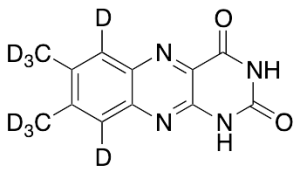
Lumichrome-d8
$176.81 Add to cart View Product DetailsMolecular Formula : C12H2D8N4O2
-

Lumiracoxib Acyl-Beta-D-glucuronide
$179.40 Add to cart View Product DetailsMolecular Formula : C21 H21 Cl F N O8
-
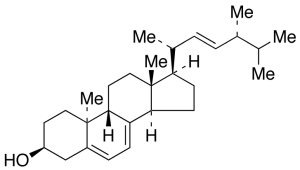
Lumisterol
$162.15 Add to cart View Product DetailsMolecular Formula : C28H44O
-

Lumisterol 3 (>90%)
$237.19 Add to cart View Product DetailsMolecular Formula : C27 H44 O
-
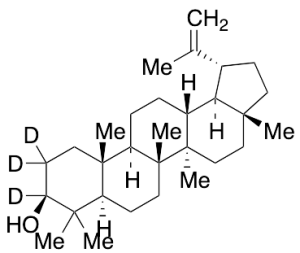
Lupeol-d3
$237.19 Add to cart View Product DetailsMolecular Formula : C30H47D3O
-
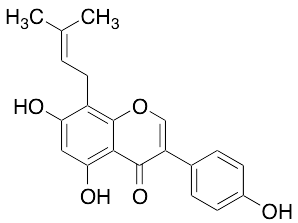
Lupiwighteone
$138.86 Add to cart View Product DetailsMolecular Formula : C20 H18 O5
-
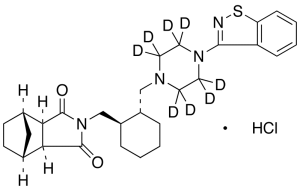
Lurasidone-d8 Hydrochloride
$299.29 Add to cart View Product DetailsMolecular Formula : C28H28D8N4O2S HCl
-

Luxabendazole
$60.38 Add to cart View Product DetailsMolecular Formula : C15 H12 F N3 O5 S
-

LY 2874455
$116.44 Add to cart View Product DetailsMolecular Formula : C21H19Cl2N5O2
-

LY 364947
$56.06 Add to cart View Product DetailsMolecular Formula : C17 H12 N4
-
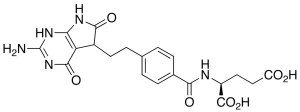
LY-338979
$169.91 Add to cart View Product DetailsMolecular Formula : C20 H21 N5 O7
-

Lymecycline-d8 (>80%)
$413.14 Add to cart View Product DetailsMolecular Formula : C29H30D8N4O10
-
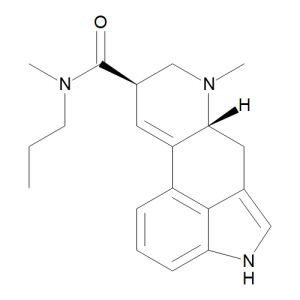
Lysergic Acid Methylpropylamide
$72.45 Add to cart View Product DetailsMolecular Formula : C20 H25 N3 O
-
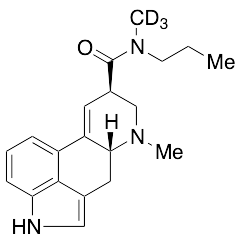
Lysergic Acid Methylpropylamide-d3
$176.81 Add to cart View Product DetailsMolecular Formula : C20 D3 H22 N3 O
-

Lysino Norleucine
$174.23 Add to cart View Product DetailsMolecular Formula : C12 H25 N3 O4
-
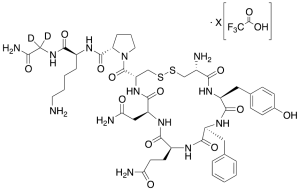
Lysipressin-d2 Trifluoroacetic Acid Salt
$154.39 Add to cart View Product DetailsMolecular Formula : C46H63D2N13O12S2 . x(C 2HF3O2)
-
Lysipressin-d5 Trifluoroacetic Acid Salt
$154.39 Add to cart View Product DetailsMolecular Formula : C46H60D5N13O12S2 • x(C2HF3O2)
-
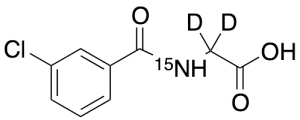
m-Chloro Hippuric Acid-d2,15N
$176.81 Add to cart View Product DetailsMolecular Formula : C9 D2 H6 Cl 15N O3
-
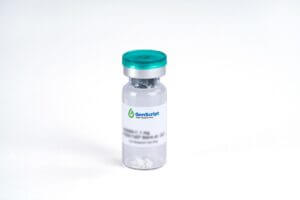
M-CSF, Human
$2,018.25 Add to cart View Product DetailsMacrophage-Colony Stimulating Factor (M-CSF), also known as Colony Stimulating Factor-1 (CSF-1), is a hematopoietic growth factor. It can stimulate the survival, proliferation and differentiation of mononuclear phagocytes, in addition to the spreading and motility of macrophages. In mammals, it exits three isoforms, which invariably share an N-terminal 32-aa signal peptide, a 149-residue growth factor domain, a 21-residue transmembrane region and a 37-aa cytoplasmictail. M-CSF is mainly produced by monocytes, macrophages, fibroblasts, and endothelial cells. M-CSF interaction with its receptor, c-fms, has been implicated in the growth, invasion, and metastasis of of several diseases, including breast and endometrial cancers. The biological activity of human M-CSF is maintained within the 149-aa growth factor domain, and it is only active in the disulfide-linked dimeric form, which is bonded at Cys63.
-

M-CSF, Human(CHO-expressed)
$2,018.25 Add to cart View Product DetailsMacrophage-Colony Stimulating Factor (M-CSF), also known as Colony Stimulating Factor-1 (CSF-1), is a hematopoietic growth factor. It can stimulate the survival, proliferation and differentiation of mononuclear phagocytes, in addition to the spreading and motility of macrophages. In mammals, it exits three isoforms, which invariably share an N-terminal 32-aa signal peptide, a 149-residue growth factor domain, a 21-residue transmembrane region and a 37-aa cytoplasmictail. M-CSF is mainly produced by monocytes, macrophages, fibroblasts, and endothelial cells. M-CSF interaction with its receptor, c-fms, has been implicated in the growth, invasion, and metastasis of of several diseases, including breast and endometrial cancers. The biological activity of human M-CSF is maintained within the 149-aa growth factor domain, and it is only active in the disulfide-linked dimeric form, which is bonded at Cys63.
-

M-CSF, Mouse
$2,018.25 Add to cart View Product DetailsMacrophage-Colony Stimulating Factor (M-CSF), also known as Colony Stimulating Factor-1 (CSF-1), is a hematopoietic growth factor. It can stimulate the survival, proliferation and differentiation of mononuclear phagocytes, in addition to the spreading and motility of macrophages. In mammals, it exits three isoforms, which invariably share an N-terminal 32-aa signal peptide, a 149-residue growth factor domain, a 21-residue transmembrane region and a 37-aa cytoplasmictail. M-CSF is mainly produced by monocytes, macrophages, fibroblasts, and endothelial cells. M-CSF interaction with its receptor, c-fms, has been implicated in the growth, invasion, and metastasis of of several diseases, including breast and endometrial cancers. The biological activity of human M-CSF is maintained within the 149-aa growth factor domain, and it is only active in the disulfide-linked dimeric form, which is bonded at Cys63.
-

M-CSF, Rat
$2,307.19 Add to cart View Product DetailsMacrophage-Colony Stimulating Factor (M-CSF), also known as Colony Stimulating Factor-1 (CSF-1), is a hematopoietic growth factor. It can stimulate the survival, proliferation and differentiation of mononuclear phagocytes, in addition to the spreading and motility of macrophages. In mammals, it exits three isoforms, which invariably share an N-terminal 32-aa signal peptide, a 149-residue growth factor domain, a 21-residue transmembrane region and a 37-aa cytoplasmictail. M-CSF is mainly produced by monocytes, macrophages, fibroblasts, and endothelial cells. M-CSF interaction with its receptor, c-fms, has been implicated in the growth, invasion, and metastasis of of several diseases, including breast and endometrial cancers. The biological activity of human M-CSF is maintained within the 149-aa growth factor domain, and it is only active in the disulfide-linked dimeric form, which is bonded at Cys63.
-
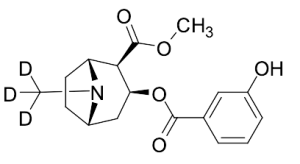
m-Hydroxycocaine-D3
$160.43 Add to cart View Product DetailsMolecular Formula : C17H18D3NO5
-
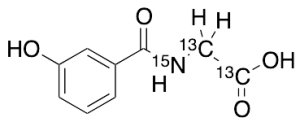
m-Hydroxyhippuric Acid-13C2, 15N
$232.01 Add to cart View Product DetailsMolecular Formula : C713C2H915NO4
-

m-nitro-(R,R)-threo-Chloramphenicol
$271.69 Add to cart View Product DetailsMolecular Formula : C11 H12 Cl2 N2 O5
-
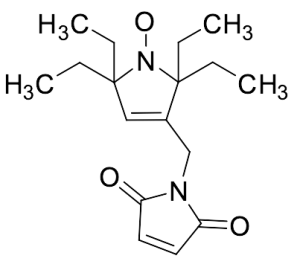
M-TETPO
$308.78 Add to cart View Product DetailsMolecular Formula : C17 H25 N2 O3
-

Mabuterol-d9
$234.60 Add to cart View Product DetailsMolecular Formula : C13 2H9 H9 Cl F3 N2 O
-
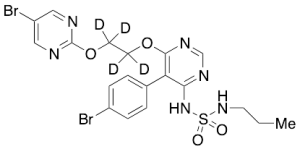
Macitentan-d4
$301.01 Add to cart View Product DetailsMolecular Formula : C19H16D4Br2N6O4S
-

Mafosfamide Sodium Salt
$283.76 Add to cart View Product DetailsMolecular Formula : C9H18Cl2N2NaO5PS2
-

Magnamycin B (>80%)
$242.36 Add to cart View Product DetailsMolecular Formula : C42H67NO15
-

Malabaricone B
$204.41 Add to cart View Product DetailsMolecular Formula : C21 H26 O4
-

Malathion-d6
$188.89 Add to cart View Product DetailsMolecular Formula : C10 2H6 H13 O6 P S2
-

Maleimido-mono-amide-NOTA TFA Salt (Technical Grade)
$56.06 Add to cart View Product DetailsMolecular Formula : C18H27N5O7 . x(C 2HF3O2)
-
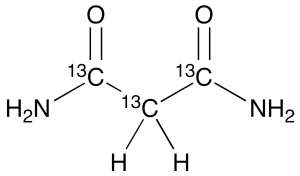
Malonamide-13C3
$166.46 Add to cart View Product DetailsMolecular Formula : ¹³C3H6N2O2
-
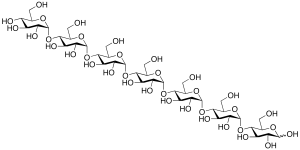
Maltoheptaose
$199.24 Add to cart View Product DetailsMolecular Formula : C42 H72 O36
-
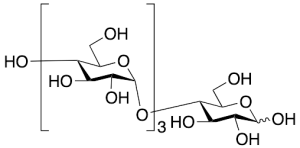
Maltotetraose Deuterated
$269.10 Add to cart View Product DetailsMolecular Formula : C24H42O21
-
Malvidin 3-O-Galactoside TFA Salt
$169.05 Add to cart View Product DetailsMolecular Formula : C23H25ClO12.x(C2HF3O2)
-
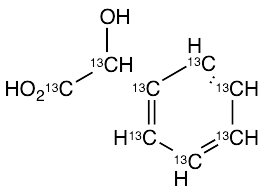
Mandelic Acid-13C8
$435.56 Add to cart View Product DetailsMolecular Formula : 13C8H8O3
-
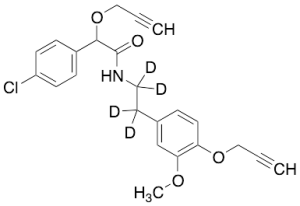
Mandipropamid-d4
$129.38 Add to cart View Product DetailsMolecular Formula : C23 D4 H18 Cl N O4
-
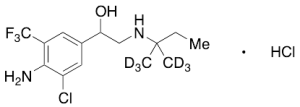
Mapenterol-d6 Hydrochloride
$676.20 Add to cart View Product DetailsMolecular Formula : C14H14D6ClF3N2O • HCl
-
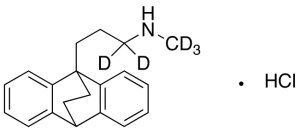
Maprotiline-d5 Hydrochloride
$219.94 Add to cart View Product DetailsMolecular Formula : C20H19D5ClN
-
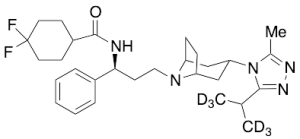
Maraviroc-d6
$215.63 Add to cart View Product DetailsMolecular Formula : C29D6H35F2N5O
-

Maropitant Citrate Salt
$234.60 Add to cart View Product DetailsMolecular Formula : C32 H40 N2 O . C6 H8 O7
-

Maspin, Human
$2,238.19 Add to cart View Product DetailsMammary serine protease inhibitor (Maspin), also known as serpin B5 is a non-inhibitory serpin that is encoded by the SERPINB5 gene in humans. The protein is expressed predominantly in normal mammary epithelial cells but at significantly reduced levels or absent in most breast carcinomas. As it does not undergo the S (stressed) to R (relaxed) conformational transition characteristic of active serpins, it exhibits no serine protease inhibitory activity. The maspin functions as tumor suppressor, blocking the growth, invasion, and metastatic properties of mammary tumors. This anti-tumor activity is achieved, in part, by the ability of maspin to inhibit angiogenesis and to preferentially promote apoptosis of tumor cells.
-

Mastoparan Trifluoroacetic Acid Salt
$88.84 Add to cart View Product DetailsMolecular Formula : C70H131N19O15 . x(C 2HF3O2)
-

Matairesinol
$70.73 Add to cart View Product DetailsMolecular Formula : C20 H22 O6






